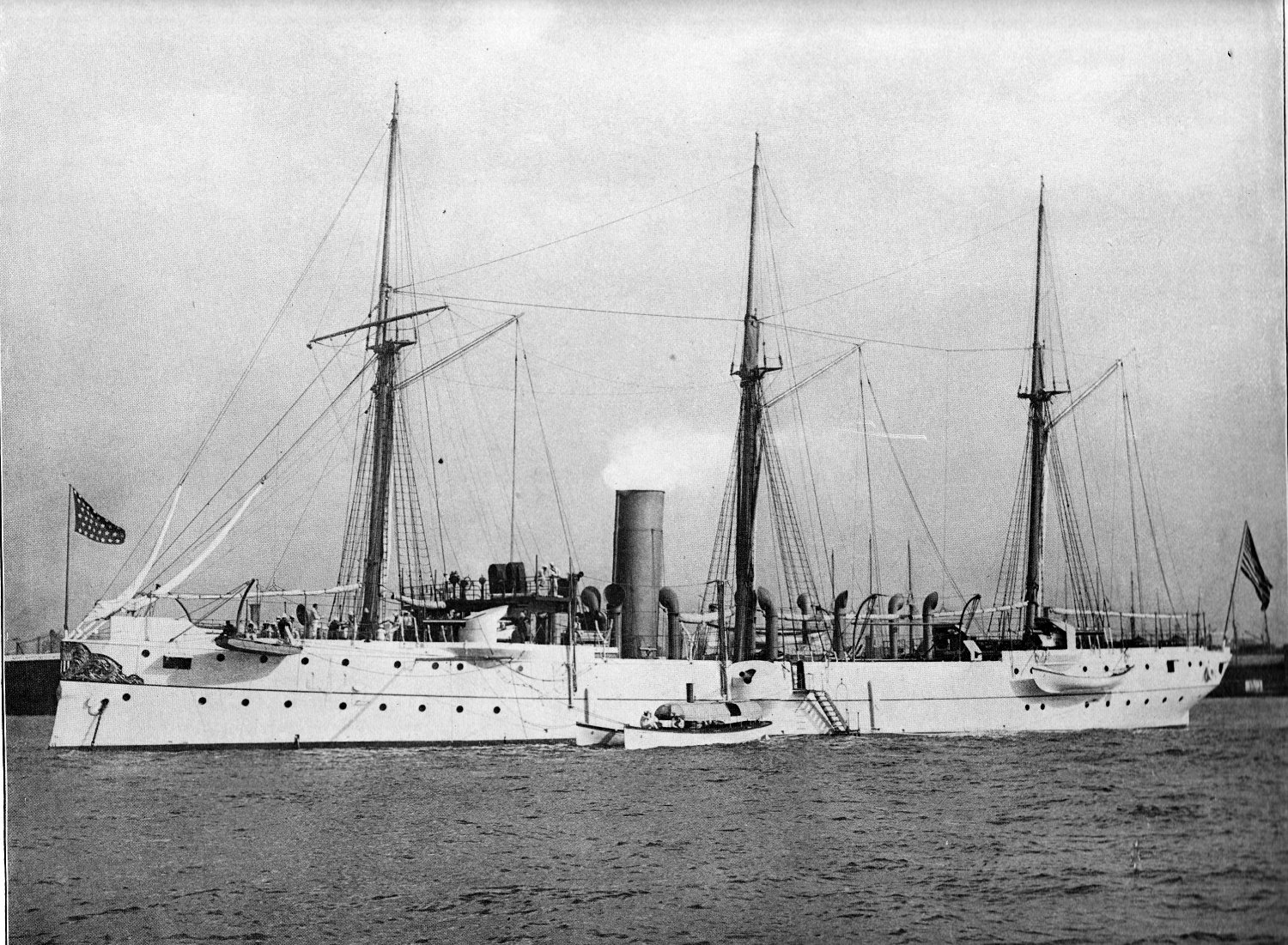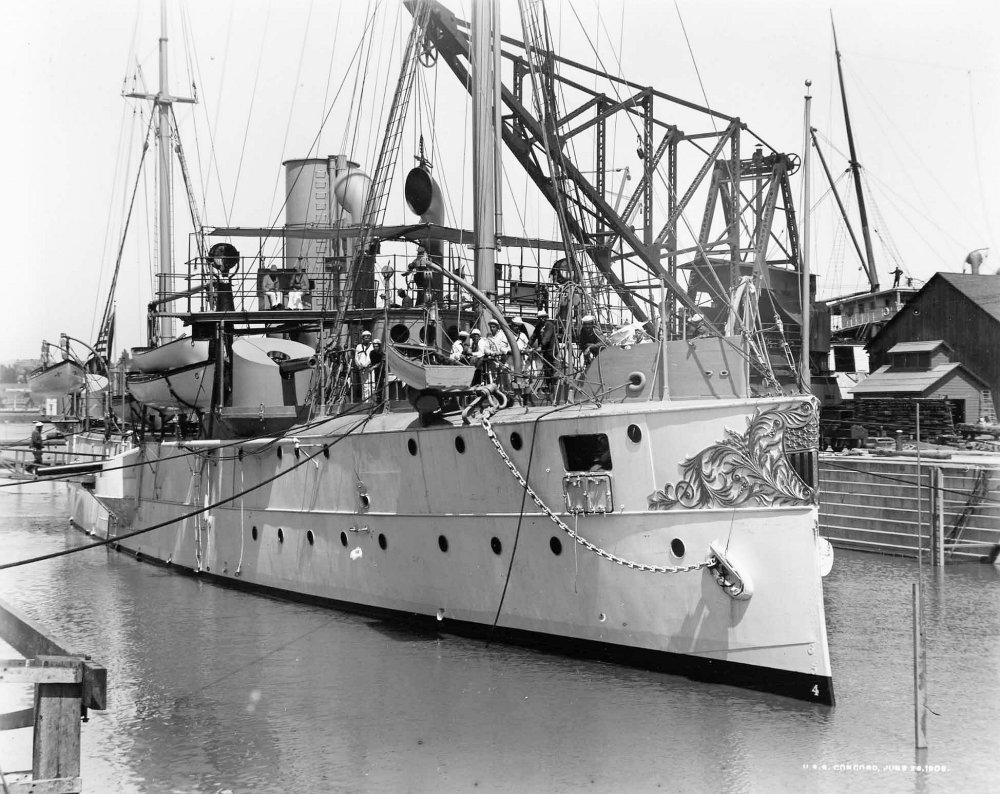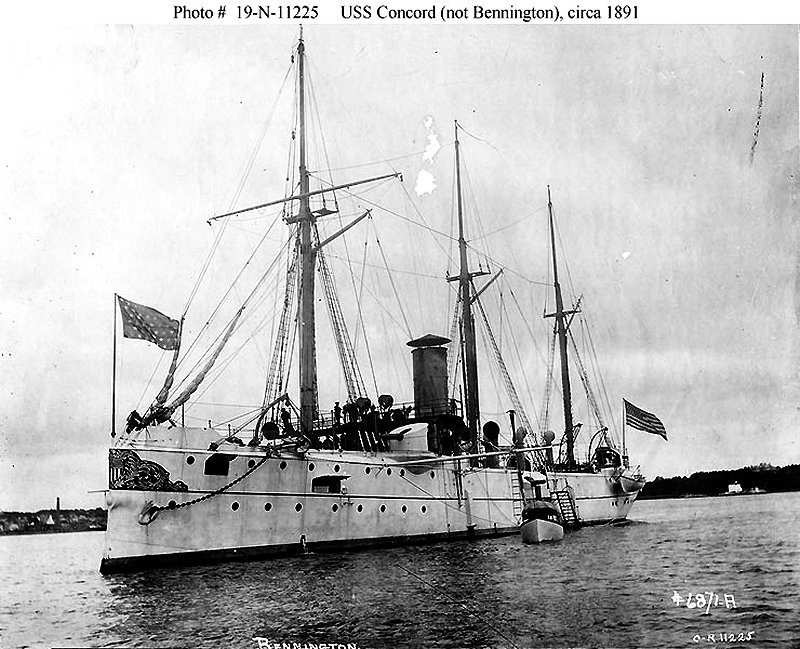Today, at about 3pm local, a Marine KC-130J, landed at the Yakima Airport. Apparently to load some para-jumpers. At about 4:15pm, it took off again. This aircraft was accepted by the Marine Corps in October 2001. Its tail code suggests that its usual base is MCAS Futenma, on the island of Okinawa, Japan.

You can tell it is a KC(the K denoting a tanker, and the C denoting Cargo...don't ask me why K stands for Tanker, it just DOES.) by the drogue-bearing auxiliary tanks under the wings. The Marine Corps likes to have birds that can perform several functions. These birds can refuel any aircraft outfitted with a probe. The US Air Force prefers to use the Boeing-developed Flying Boom method, in which a specially trained boom operator guides the refueling nozzle into a receptacle on the receiving aircraft. The Navy uses the probe and drogue system like the Marines. Given rivalries between the services, it seems fair to say that the Marine and the Navy pilots would argue that the boom method is for sissies, since you practically have someone refuel your aircraft for you, while the Air Force pilots might argue that you have to maintain a higher degree of exact flying to stay within the small box that the boomer can refuel in. Both methods get the job done, though, and I pass no judgement either way.

Without having spoken to to the pilots, one can only surmise why this bird is so far from home. Likely explanations include depot level overhaul, training, or just run-of-the-mill-that's-what-they-do-all-the-time.
Well, that's all that's going on in my little corner of Washington State, how about yours?















